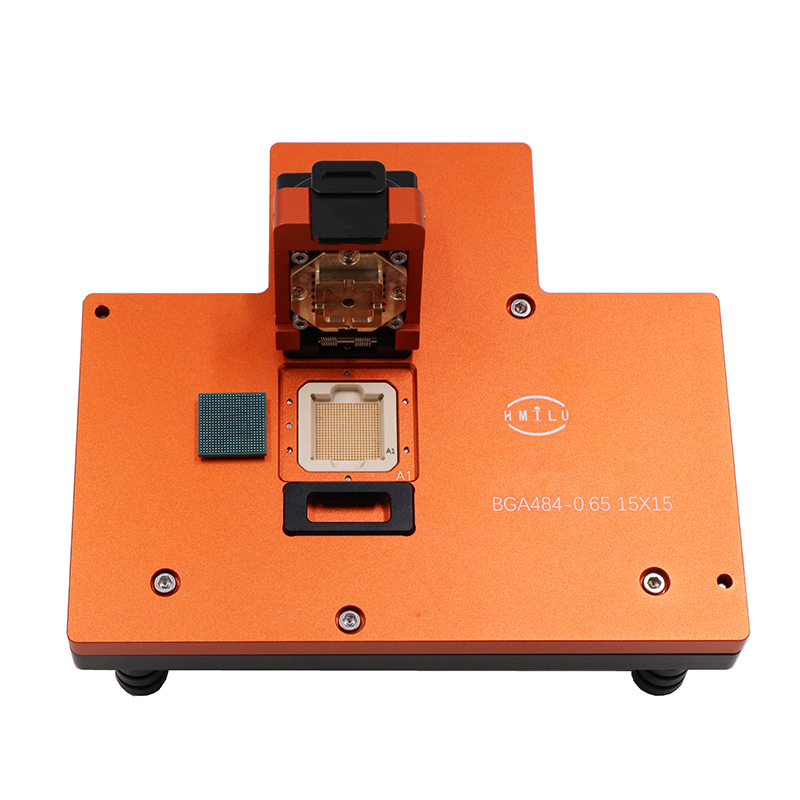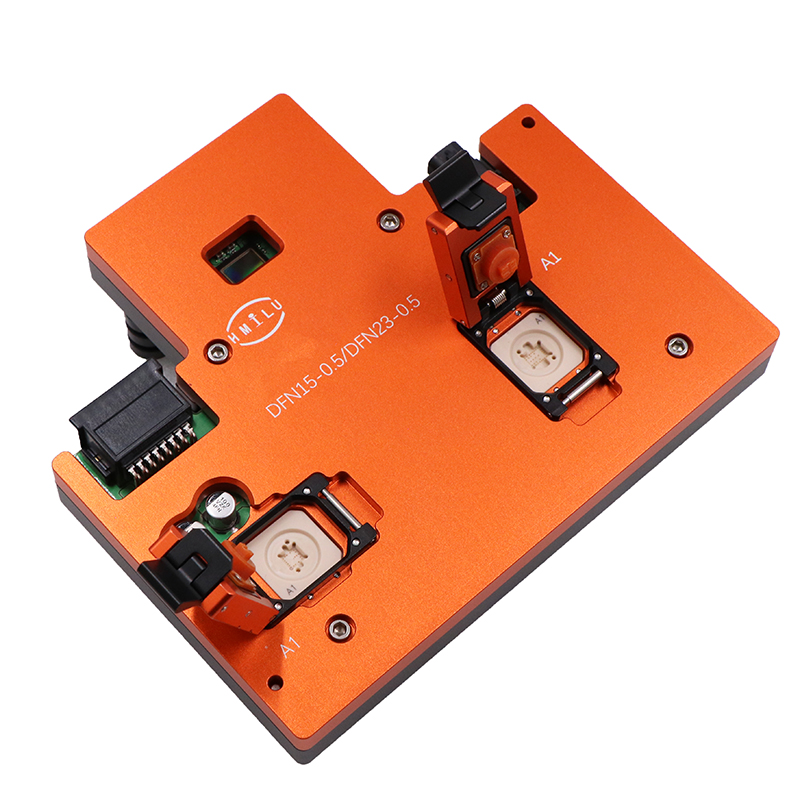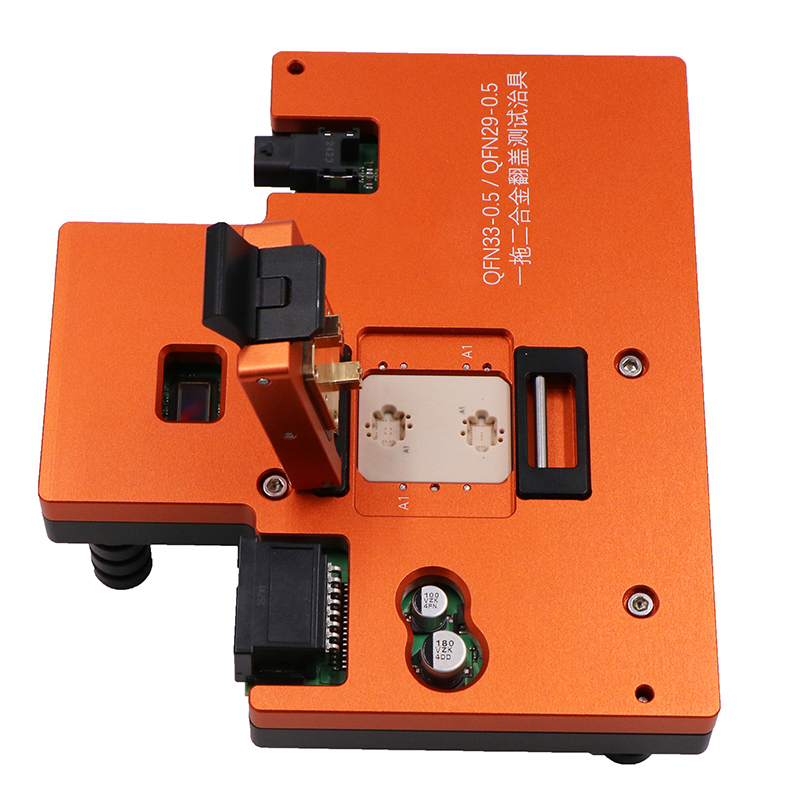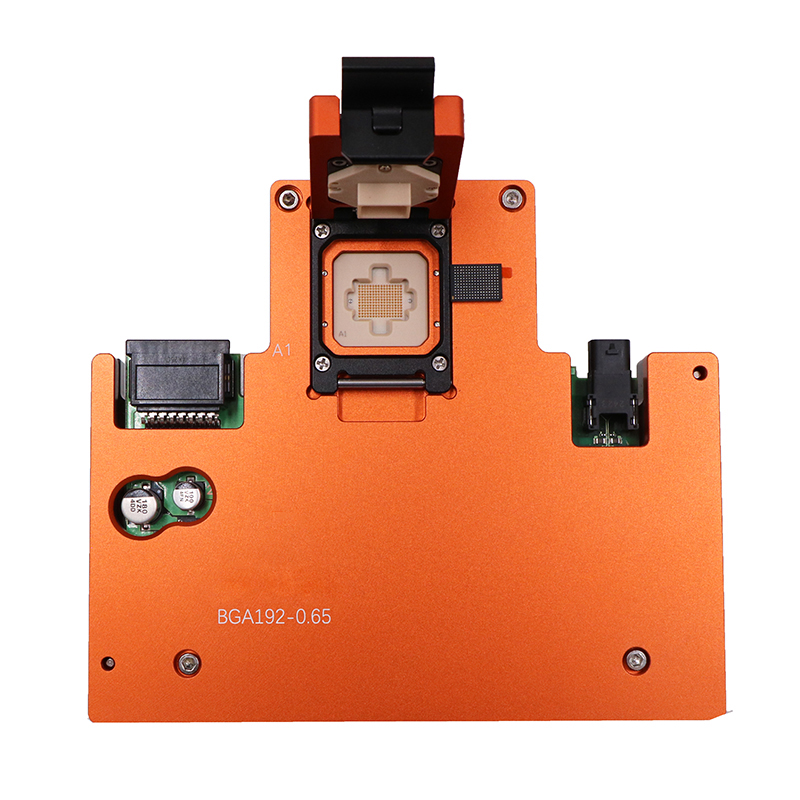An IC custom test fixture, also known as a test socket or test adapter, is a specialized device used in the testing and validation of integrated circuits (ICs). It is designed to provide a secure and reliable connection between the IC and the test equipment, allowing for accurate and efficient testing of the IC’s functionality, performance, and reliability.
The IC custom test fixture is typically custom-designed to match the specific package type, pin configuration, and electrical characteristics of the IC being tested. It is crucial to ensure a proper fit and alignment between the IC and the test fixture to establish a stable electrical connection and minimize signal loss or interference.
The main purpose of an IC custom test fixture is to facilitate the electrical interface between the IC and the test equipment, such as automated test equipment (ATE) or a test bench. It provides the necessary electrical contacts, signal paths, and power supply connections to enable the IC to be stimulated with test signals and to measure its responses accurately.
Key features of an IC custom test fixture include:
- Pin contacts: The test fixture contains an array of pins or contacts that align with the IC’s package pins, allowing for electrical connection and signal transmission.
- Socket or socketless design: Depending on the IC package type, the test fixture may use a socket-based design, where the IC is inserted into a socket with spring-loaded contacts, or a socketless design, where the IC is directly soldered onto the fixture.
- Signal integrity: The test fixture is designed to minimize signal loss, crosstalk, and noise, ensuring accurate and reliable signal transmission between the IC and the test equipment.
- Thermal management: Some ICs generate significant heat during testing. The test fixture may incorporate heat sinks, fans, or other cooling mechanisms to dissipate heat and maintain the IC’s temperature within acceptable limits.
- Mechanical stability: The test fixture is constructed to provide mechanical stability and durability, ensuring repeated and consistent testing without degradation or misalignment.
- Test access and control: The test fixture may include features such as test access ports, control interfaces, or programming connectors to facilitate test setup, data exchange, and device programming.
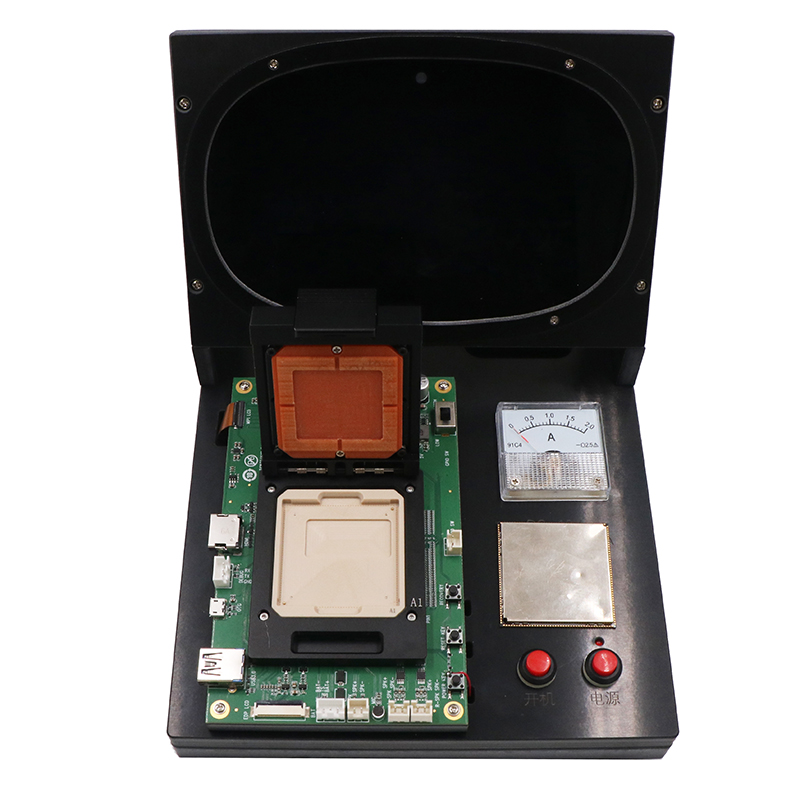
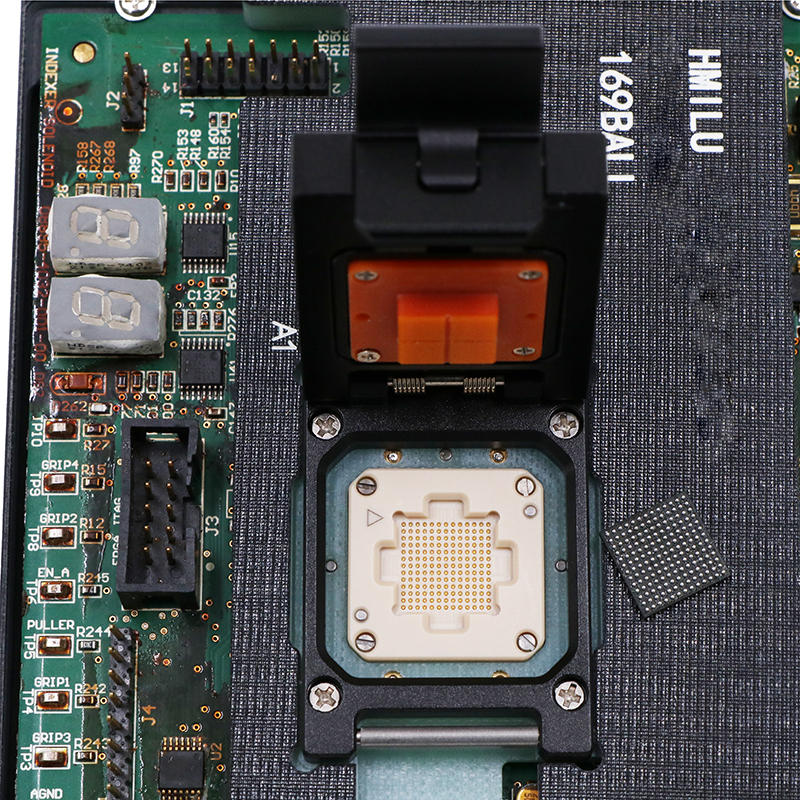
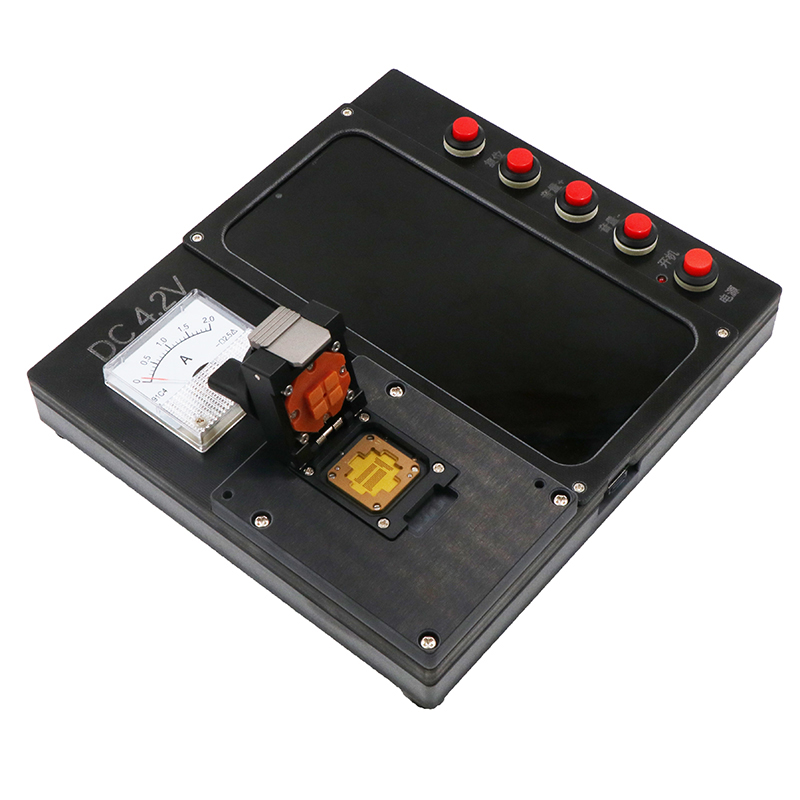
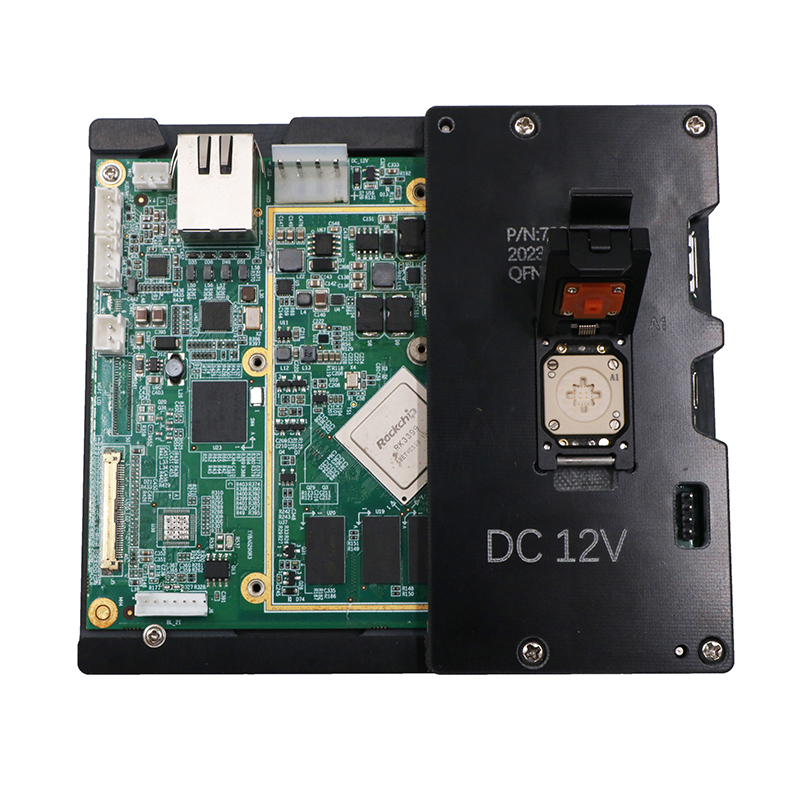
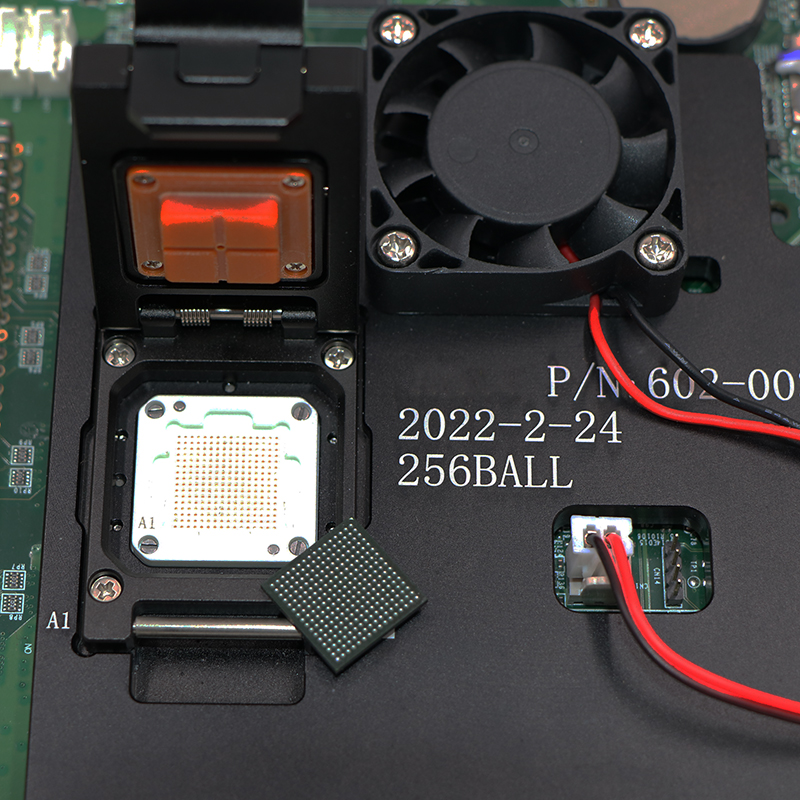
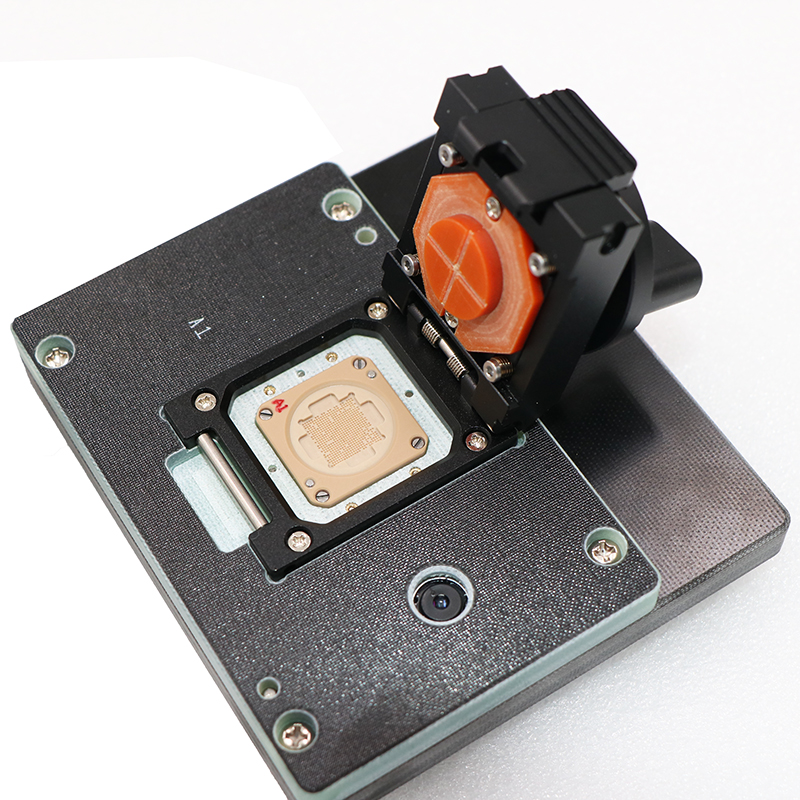
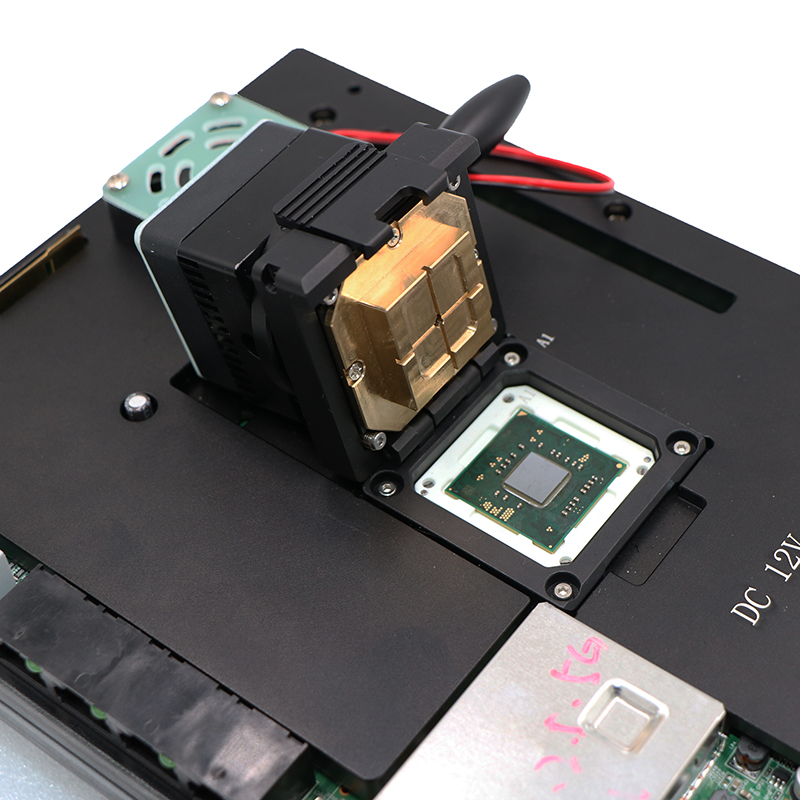
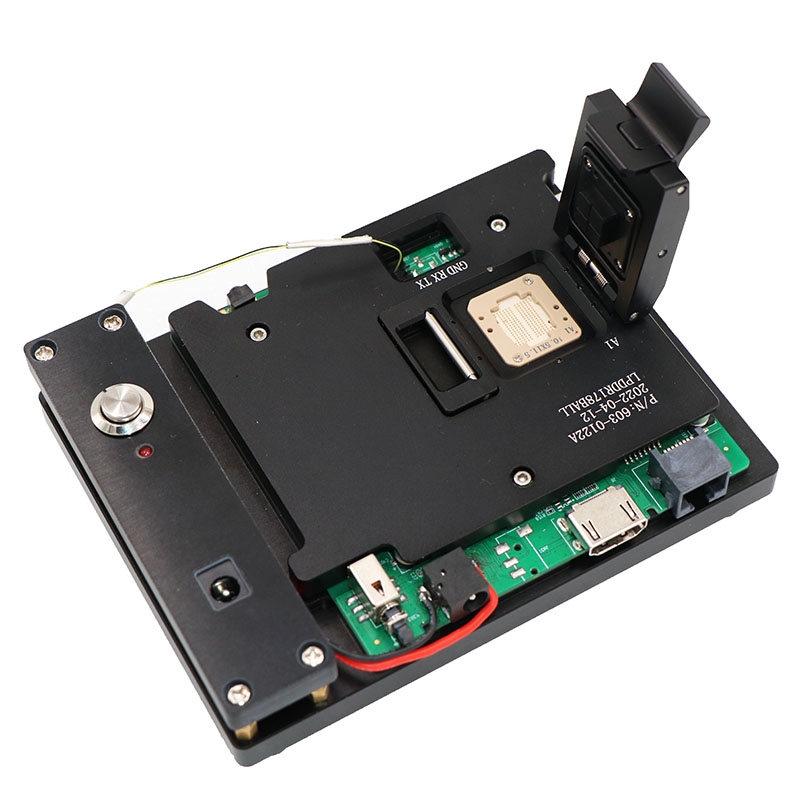
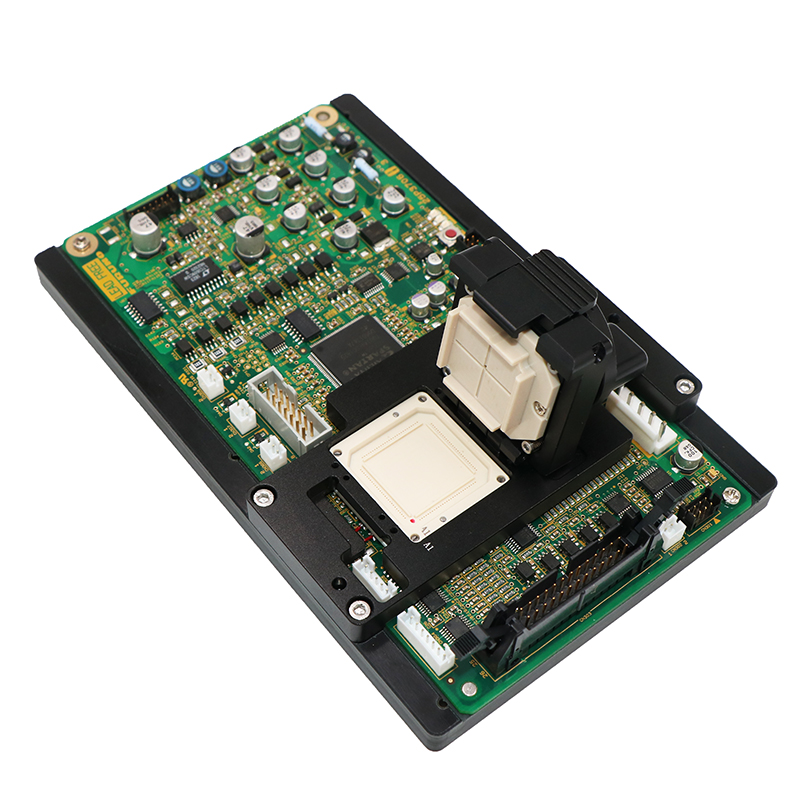
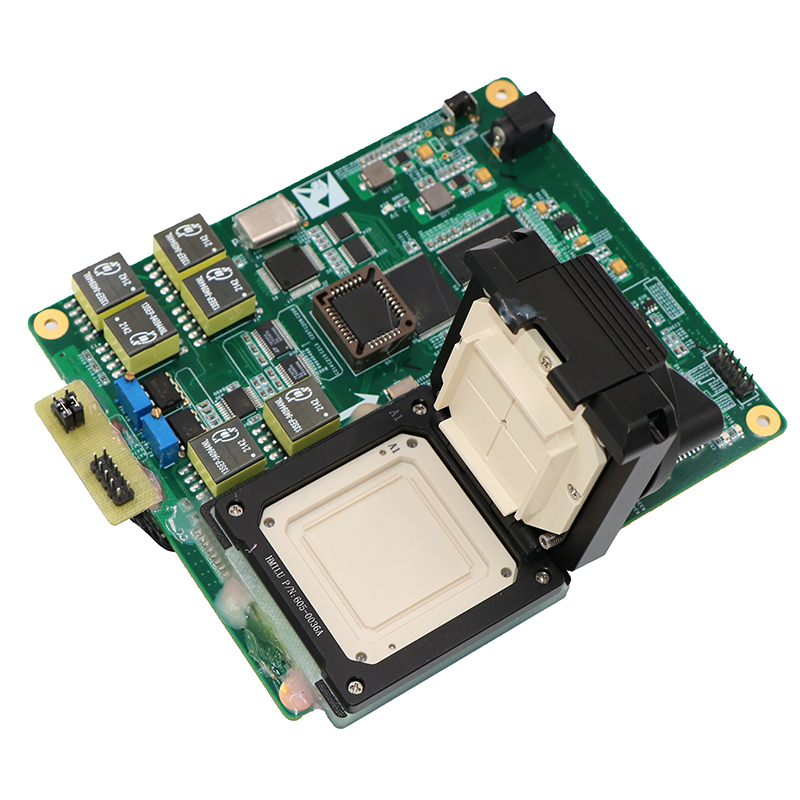
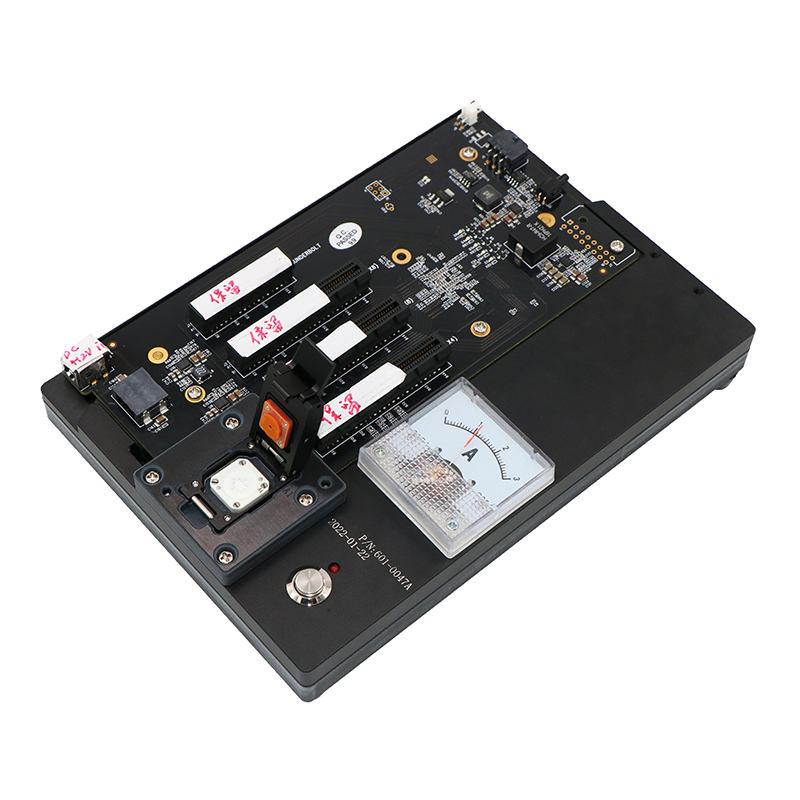
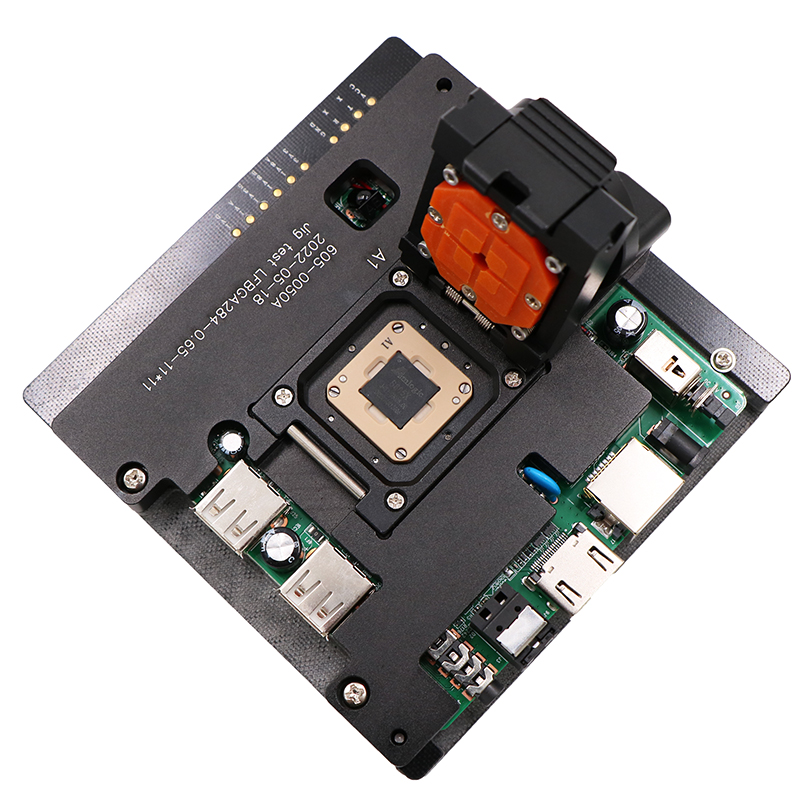
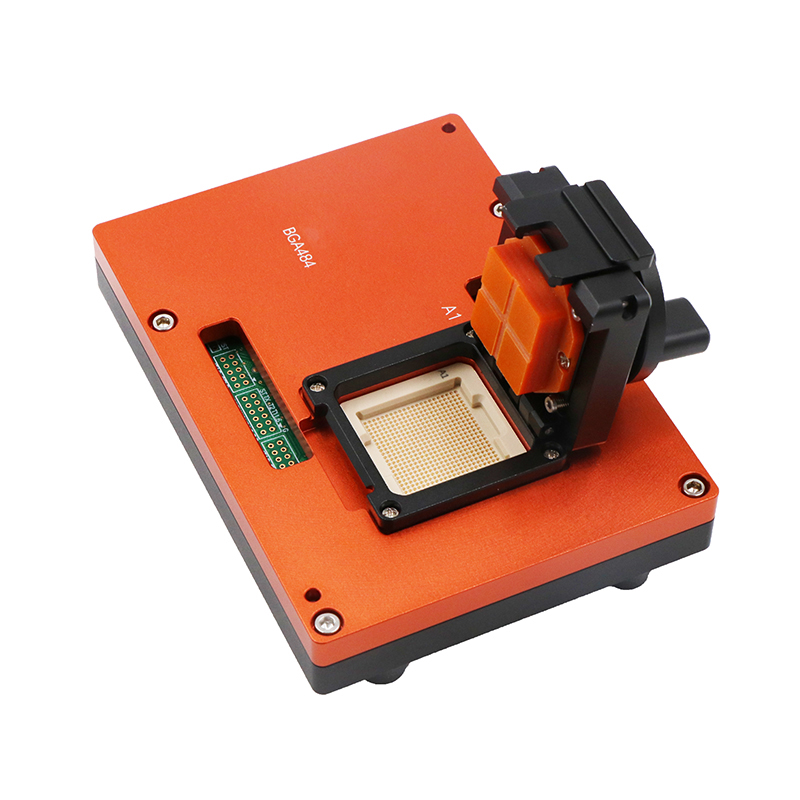
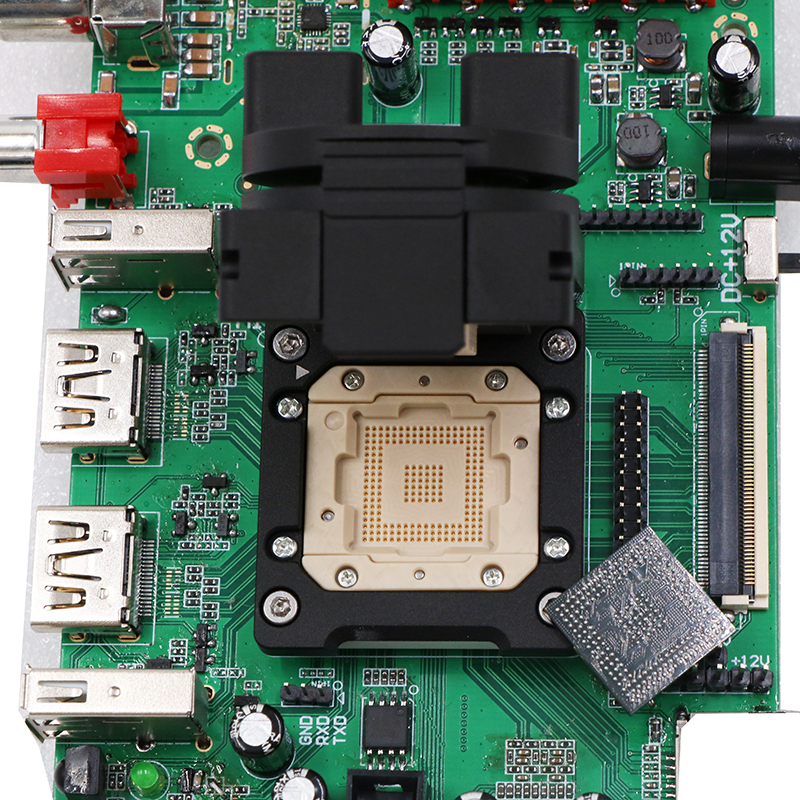
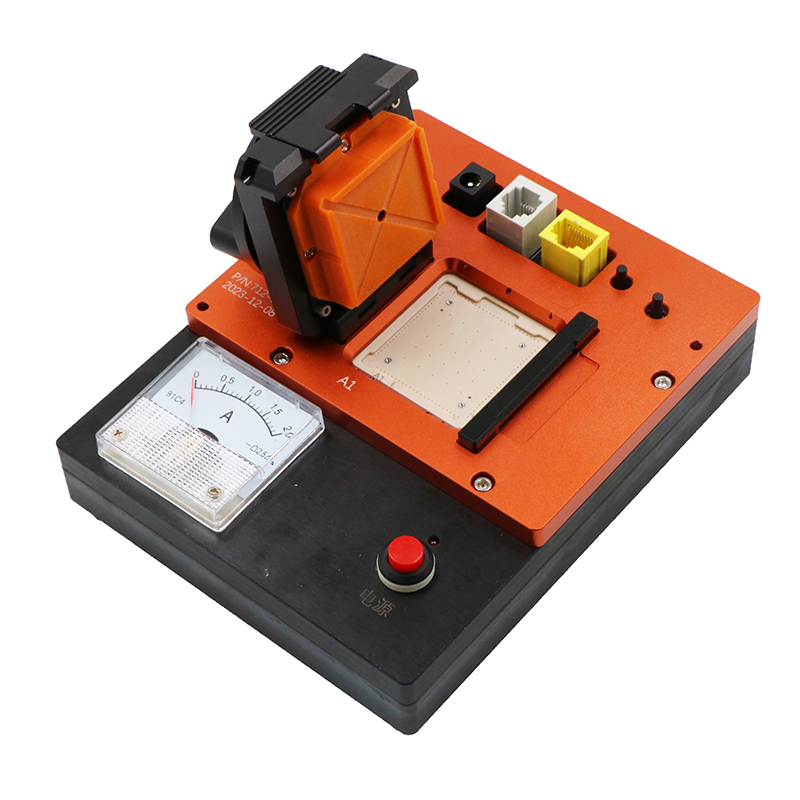
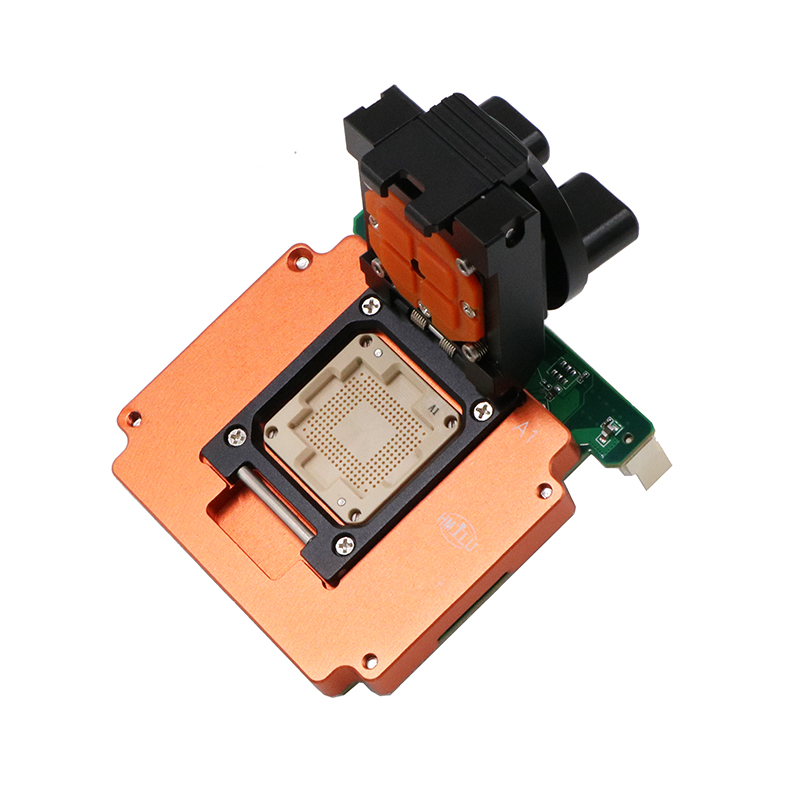
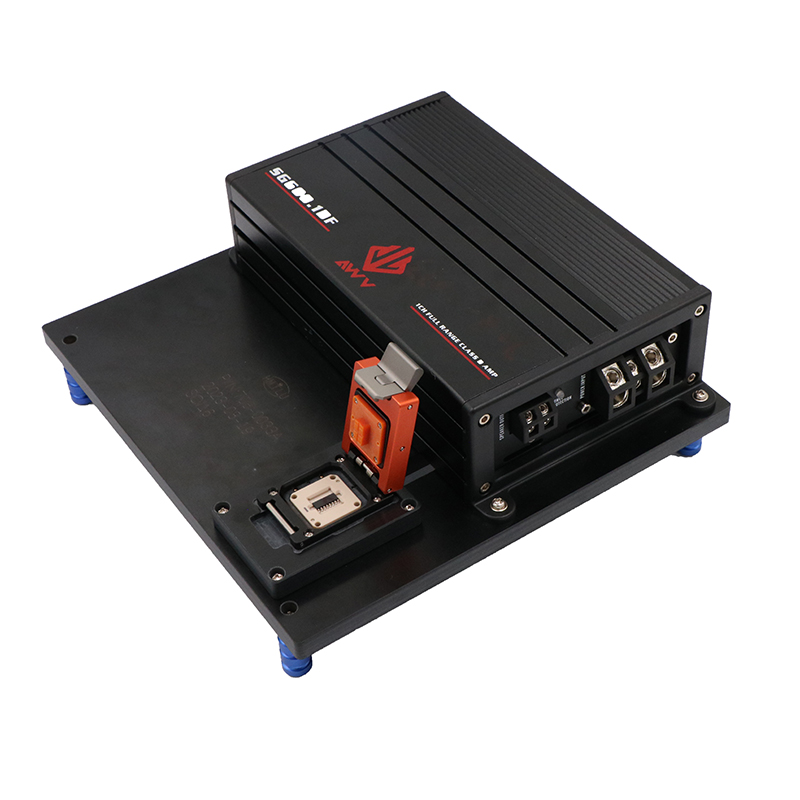
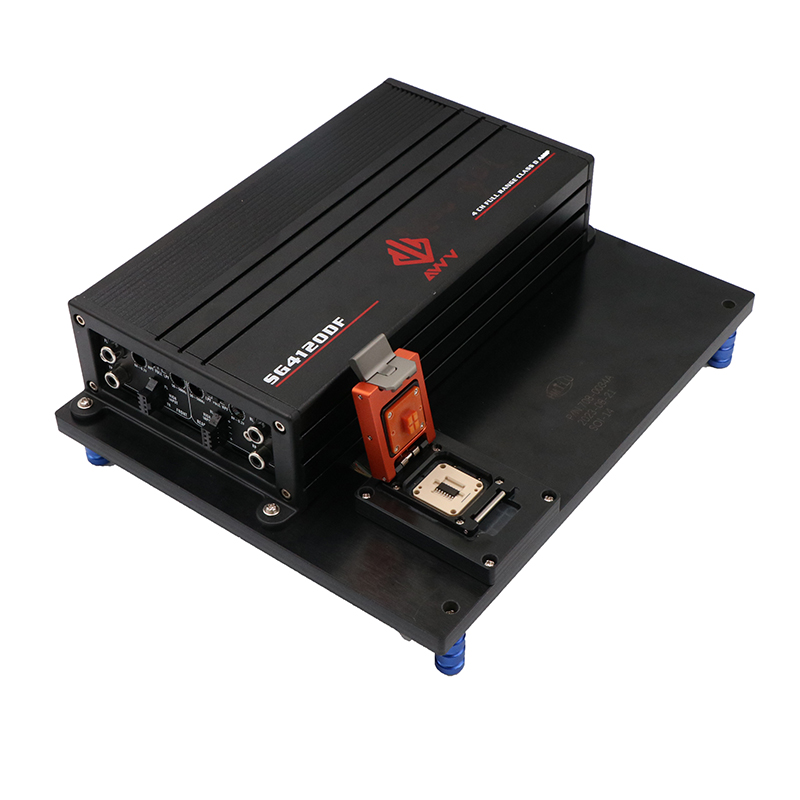

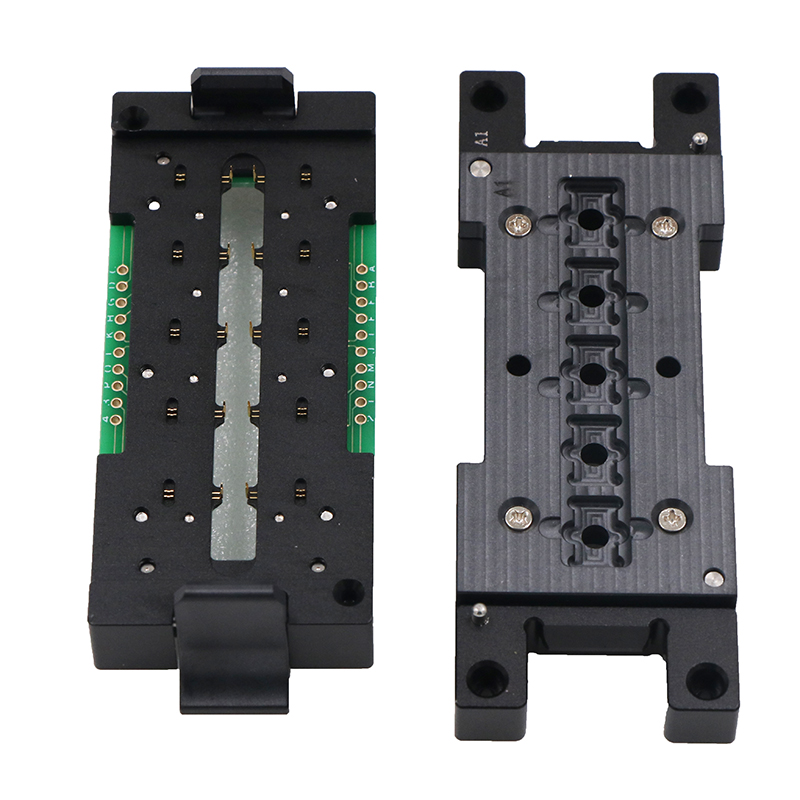

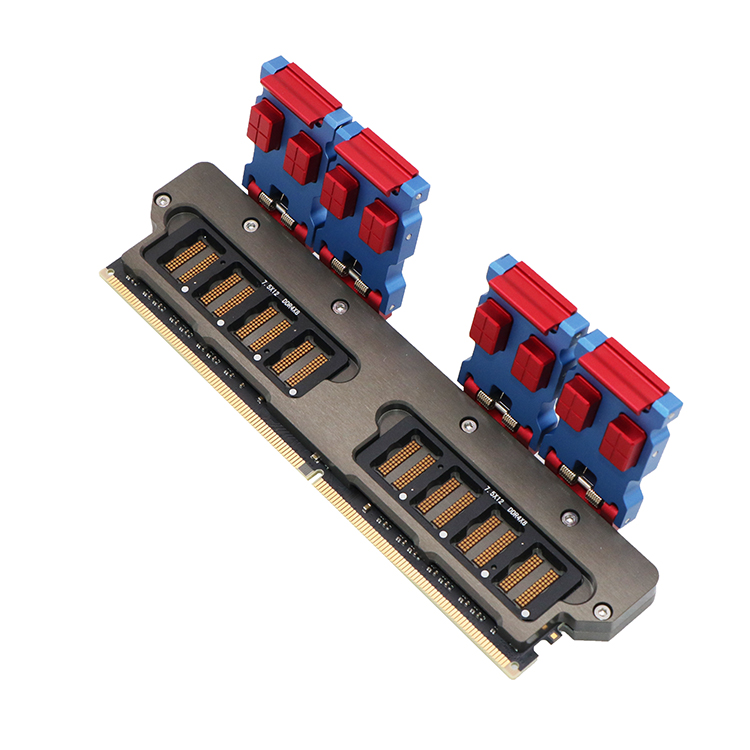
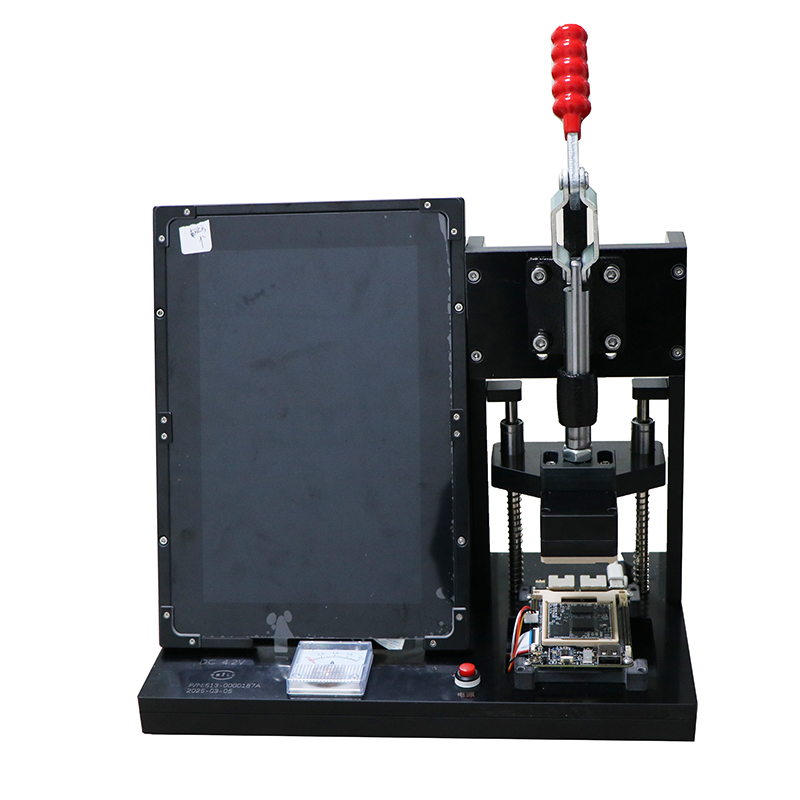
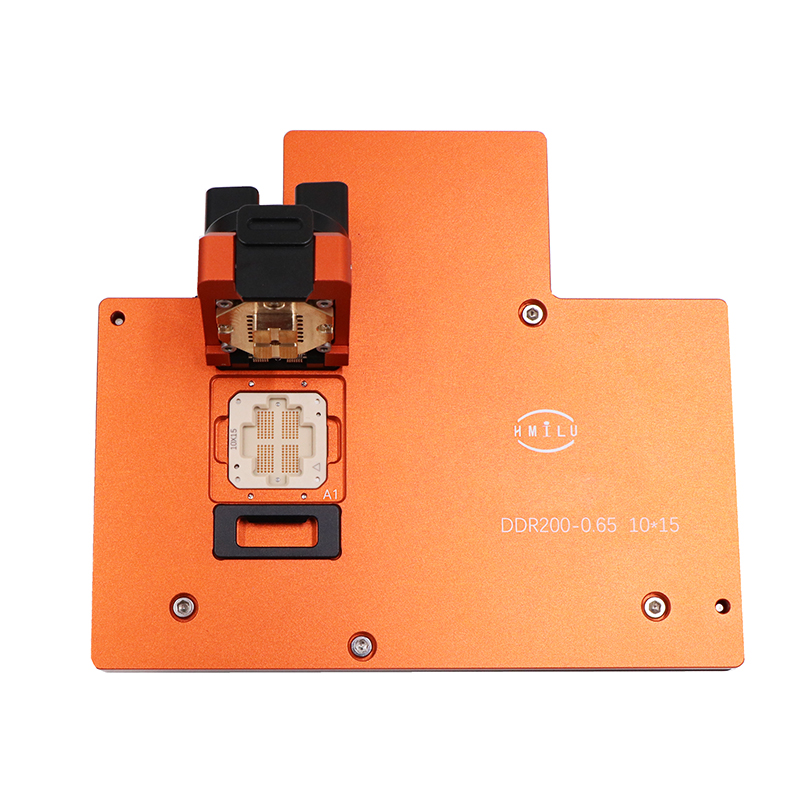
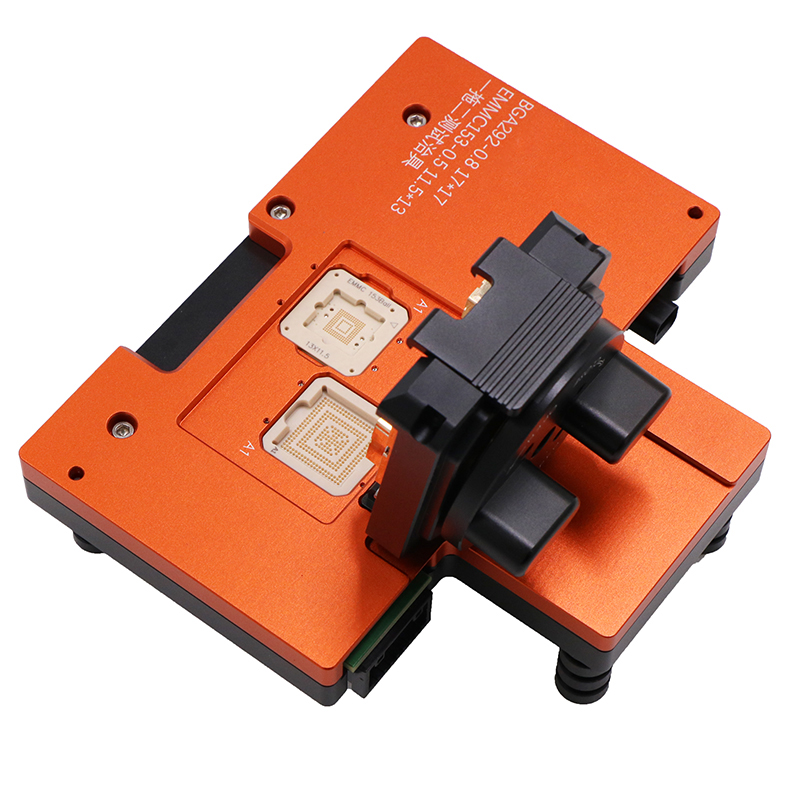
1-to-2 test fixture
